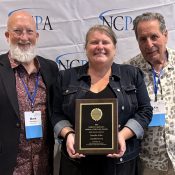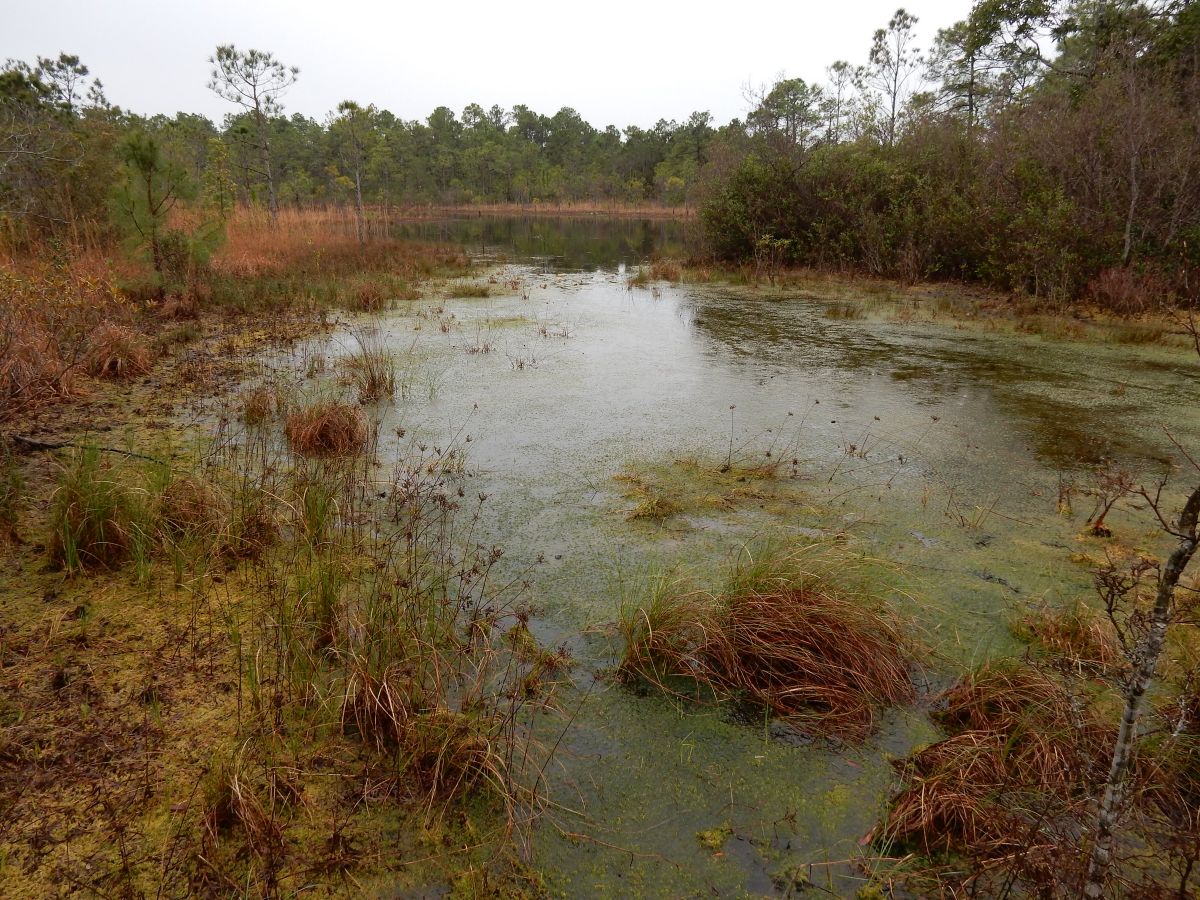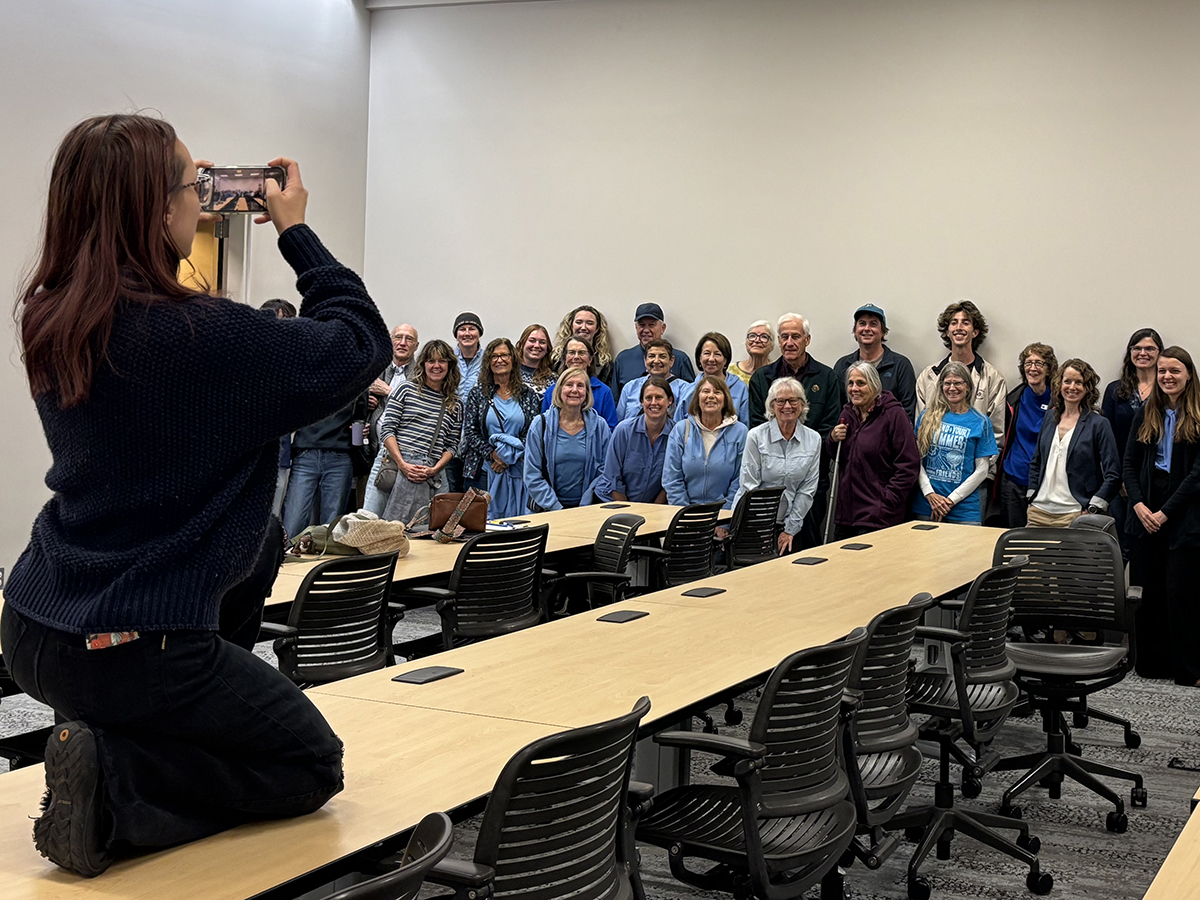
TYNER – As neighborhood businesses go, Timbermill Wind is quiet, clean and visually striking. And barely a year from the start of its wind energy production in this rural northeastern North Carolina community, it is already pumping money into local coffers.
At a ceremony held Tuesday at the site of the project’s local operations, Ken Young, CEO of Apex Clean Energy, the operation’s owner, presented a large, ceremonial check representing about $750,000 in net tax payments to Chowan County.
Supporter Spotlight
“There’ll be many more like it,” Bob Kirby, a Chowan County commissioner, told a small gathering of local officials and community members.
According to a Timbermill Wind press release, annual payments to the county over the project’s 30-year lifespan are expected to total about $50 million, which will support community needs such as education and emergency services. The infusion of revenue, so far, makes Timbermill the county’s single largest taxpayer, officials said, equaling more in property taxes this year than last year’s top nine taxpayers combined.
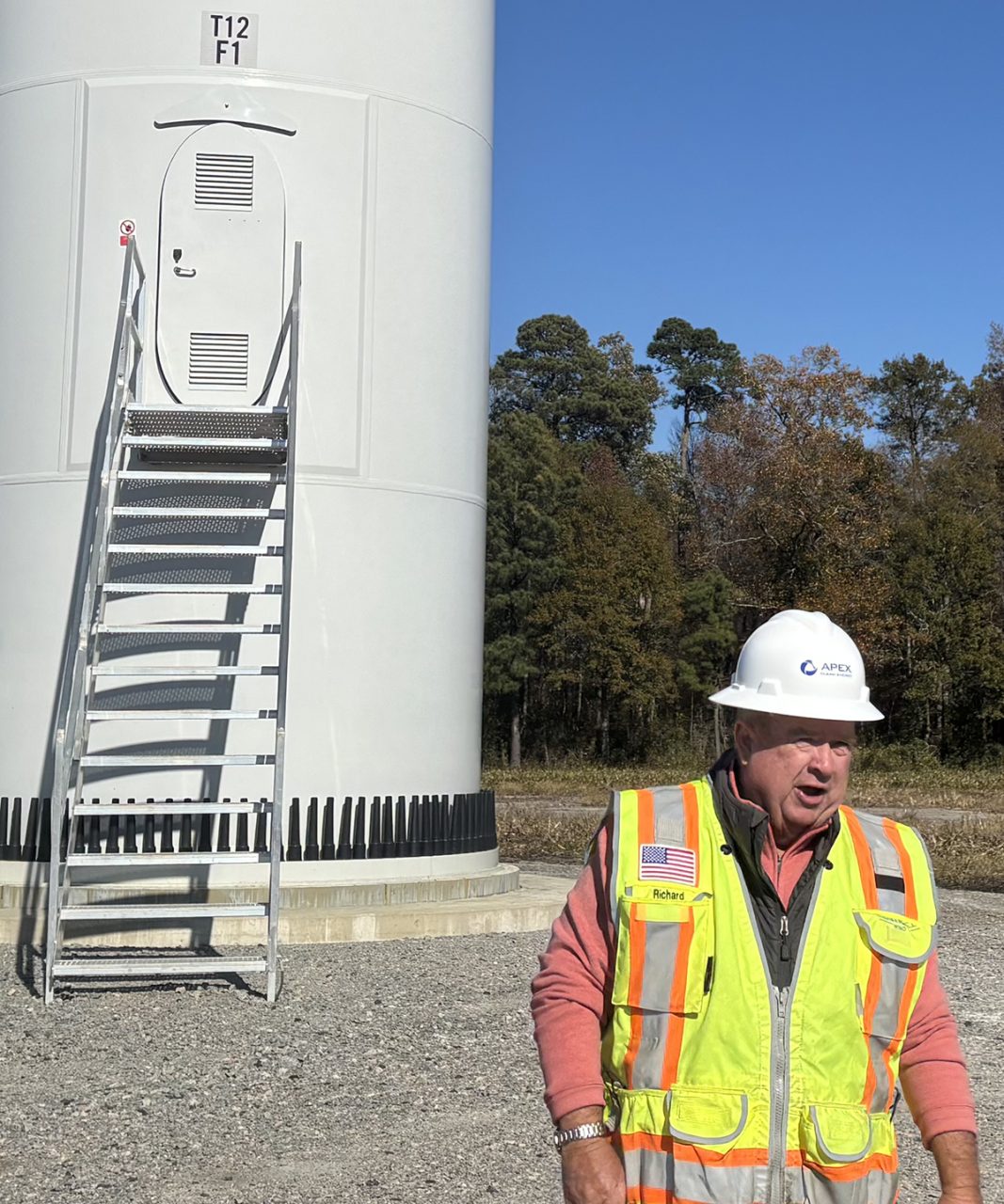
With the silver blades of a turbine turning slowly in the background over his shoulder, Kirby couldn’t help boasting that the land-based wind facility was the first of its kind to be permitted in North Carolina.
“There’s a $400 million investment that’s sitting behind me,” he said.
Beyond the benefits to the county and state, Kirby added, Timbermill is also a huge help to local farmers who receive annual payments — the amount is deemed proprietary information — to lease their land to the business.
Supporter Spotlight
“The people who own these farms are under unbelievable stress to their way of life,” he said. “For the leaseholders, this sort of thing, that’s a predictable source of income for them.”
While farmers lose access to a small amount of their land, they can continue as usual to farm the land under the turbines.

During a tour of part of the production site, Richard Bunch, a local representative for Timbermill, while standing in front of a turbine, told the group that farmers are able to get relatively close to the side of the tower when they’re working the land, although they can get closer after the corn or other crops is harvested.
“He’s going to lose a half an acre here, that’s all,” Bunch said. “And he’ll have income for 30 years.”
A 6,000-acre tract, bordered by tall trees and owned by timber company Weyerhaeuser, was the first site to be cleared for the project, said Win Dale, a project representative for Timbermill.
“Once they cut every tree down, every stump was removed,” he said, waving toward a large circle of open land surrounding a turbine.
Each “crane pad” at the 45 sites, he said, is an eighth of an acre.
Hunters now have new access roads to the area, where they hunt mostly for deer, as well as some bear and wild turkey, Bunch said.
“They rented this whole tract from Weyerhaeuser to hunt,” he said, adding that he’d heard that they’re quite happy with the change. “Between a company and a hunting group, to be able to say that — that never happens.”
Farmers are also enjoying the easier access to their land, Dale added.
“The roads are like interstates compared to what they were before,” he said.
The towers themselves are 345 feet tall. Counting to the tip of the blades — the project has a total of 135 — each “windmill” is 591 feet tall. Providing a short lesson for visitors, Tyler Finley, facility manager for Timbermill Wind, explained that each tower is divided into five sections. Inside, there’s a ladder running up the middle with a platform at each level. The three blades are attached before they’re elevated to the top.
“It’s kind of like building a very big Lego,” he said about the assembly process.
When they’re moving, the 242-foot-long blades create a 4-acre sweep area. Shadow flickers that would otherwise pass over homes are mitigated by siting towers away from residential structures.
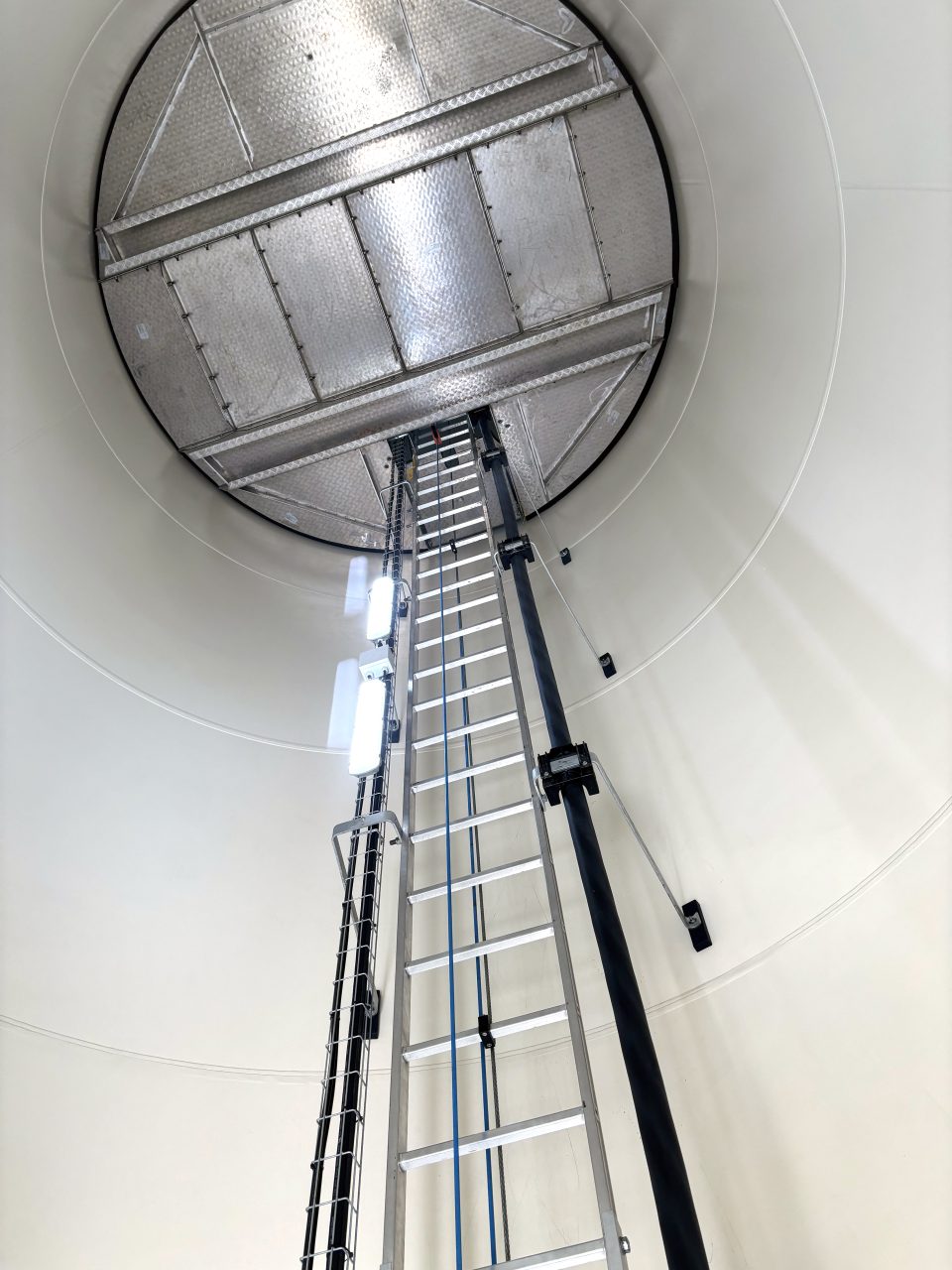
Finley and other Timbermill representatives said that the blades, which are a composite of fiberglass with an interior metal structure, don’t kick on until the wind reaches at least 7 mph, and they’re capable of pitching from zero to 90 degrees. When winds reach about 50 mph, they’ll flatten to reduce surface area. Feathering of blade pitch provides “aerodynamic braking,” and trailing-edge serrations on the blades help reduce noise.
From the onsite substation, a 6-mile line is connected directly to the Dominion Energy “point of intersection,” Finley explained.
Apex has a power purchase agreement with Google, meaning it provides Google with a portion of the power produced at Timbermill. But the power is obtained from the grid, which collects energy from numerous sources.
“It’s an integrated power market,” Finley said.
Simply put, the energy produced by the wind turbines is eventually sent to a large distribution network, where it is purchased by different customers. The concept is similar to global oil and gas markets, where the location of the energy source is rarely the direct recipient of that energy.
According to Timbermill, the 189-megawatt wind energy project developed and operated by Charlottesville, Virginia-based Apex Clean Energy generates enough clean energy to power the equivalent of 47,000 U.S. homes.
Timbermill, which came online in Dec. 2024, became the second industrial scale land-based wind farm in the state.
Although it was permitted earlier, numerous delays led to it being behind the 104-turbine Amazon Wind U.S. East wind farm that straddles Perquimans and Pasquotank counties and that started its 208-megawatt operation in early 2017.
The Apex Community Grant Program has awarded more than $120,000 for local nonprofits and support for regional reforestation and other community conservation projects.
Speaking after the event, John Mitchener, 84, a native of Chowan County who had served as commissioner from 2010 to 2018, said he was on the board when “the significant decisions” were made about permitting the wind farm.
He noted that opinions initially seemed to be divided between the folks in the Yeopim area, who reside south of Edenton toward the Outer Banks, and the other side of the county.
“The people who objected the most lived down there, and the people who lived up there objected the least,” he said.
While Mitchener said he couldn’t pinpoint the reason for the differences, he said that he knew it was important to maintain a polite and civil approach.
“Part of my outlook as a public official,” he said, “is to try to have the conversation where you could come back to it.”
And as it turns out, he said, people in the community all seem pretty happy now with Timbermill.


